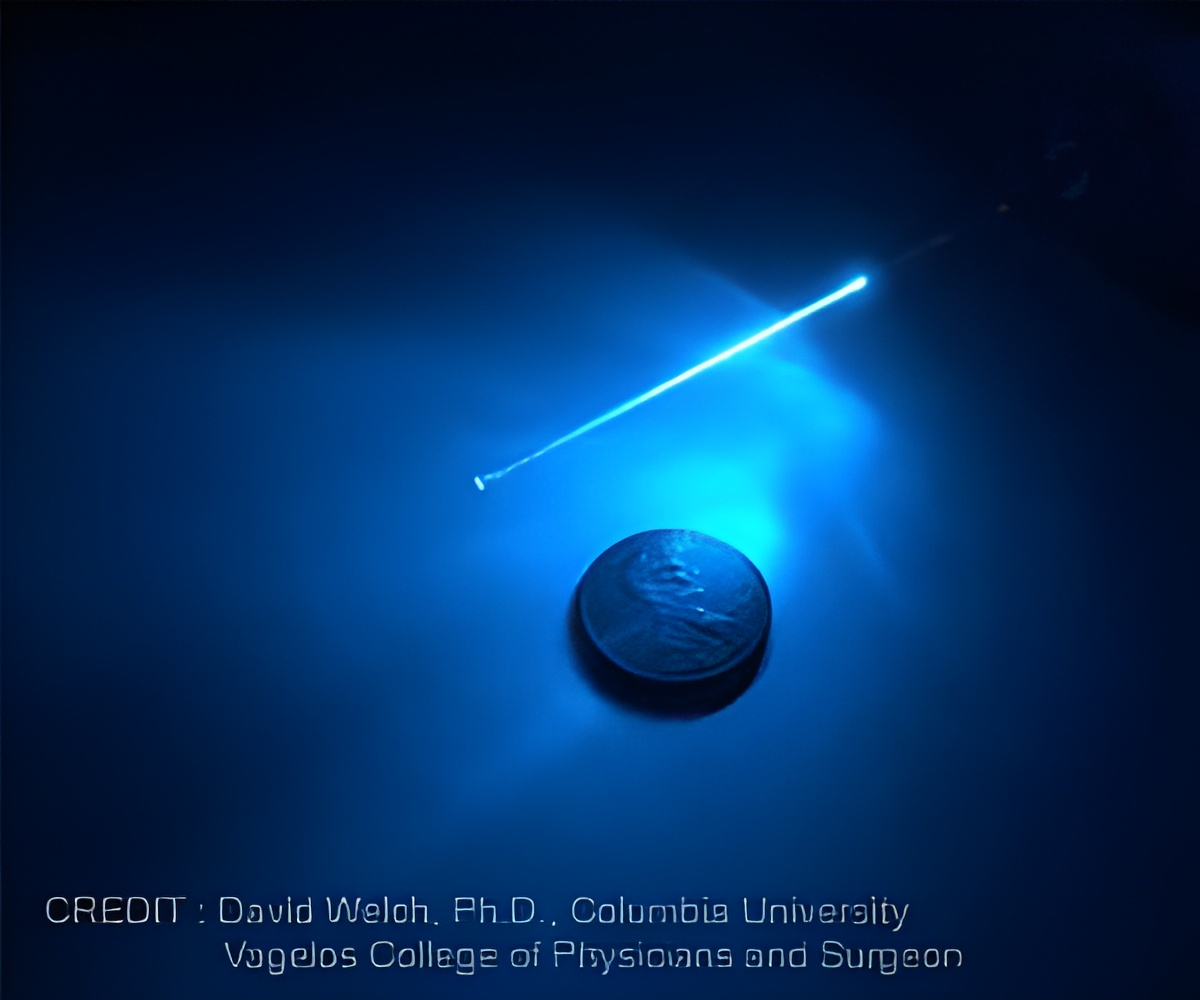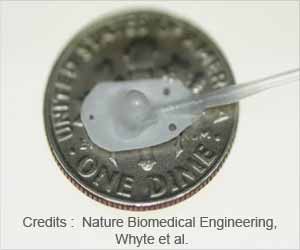
‘Infections from skin-penetrating medical devices such as catheters are are a significant threat and may lead to various complications. Safe UV light, delivered by optical fibers may prevent infections in catheters and cardiac drivelines.’
Tweet it Now
Why it MattersInfections from skin-penetrating medical devices, including catheters and drivelines for left ventricular assist devices (LVADs), are a major health threat. For example, an estimated 14 to 28 percent of patients with an LVAD develops a driveline skin infection, leading to complications that limit their use as a long-term therapy for heart failure patients. The most serious of these infections are caused by the drug-resistant bacteria MRSA (methicillin-resistant Staphylococcus aureus).
Background
In a previous mouse study, Brenner and his Columbia team demonstrated that a narrow spectrum of far-UVC light, with a wavelength of 207 to 224 nanometers (nm), can kill MRSA bacteria without damaging human skin.
Conventional germicidal UV light, with a wavelength of 254 nm, is also effective at killing bacteria, but it can't be used in health care settings around people because it can harm the skin and eyes.
Advertisement
What's New
Advertisement
The Columbia team developed a new way to deliver the light, using a laser to send 224 nm far-UVC light through a thin flexible optical fiber. In this study, the fibers were laid directly over tissue cultures containing MRSA bacteria, which were efficiently killed by the far-UVC light diffusing out of the fibers.
What it Means
"Our study suggests that far-UVC light, delivered by optical fibers that can be incorporated into skin-penetrating devices, could be used to prevent catheter-based and driveline infections," said Brenner.
"This application would be used for catheters or drivelines that have to be kept in place for long periods of time, and it's hard to keep the area where they penetrate the skin sterile. Incorporating these thin far-UVC-emitting fibers into the catheter or driveline may be the solution."
What's Next
Studies to determine if the technology can prevent infections around skin-penetrating lines in animal models are currently underway.
Caveats
The study was performed on bacteria in laboratory tissue cultures, not on living animals or human patients. In addition, the technology to make the equipment easily portable and affordable is under development.
Source-Eurekalert












